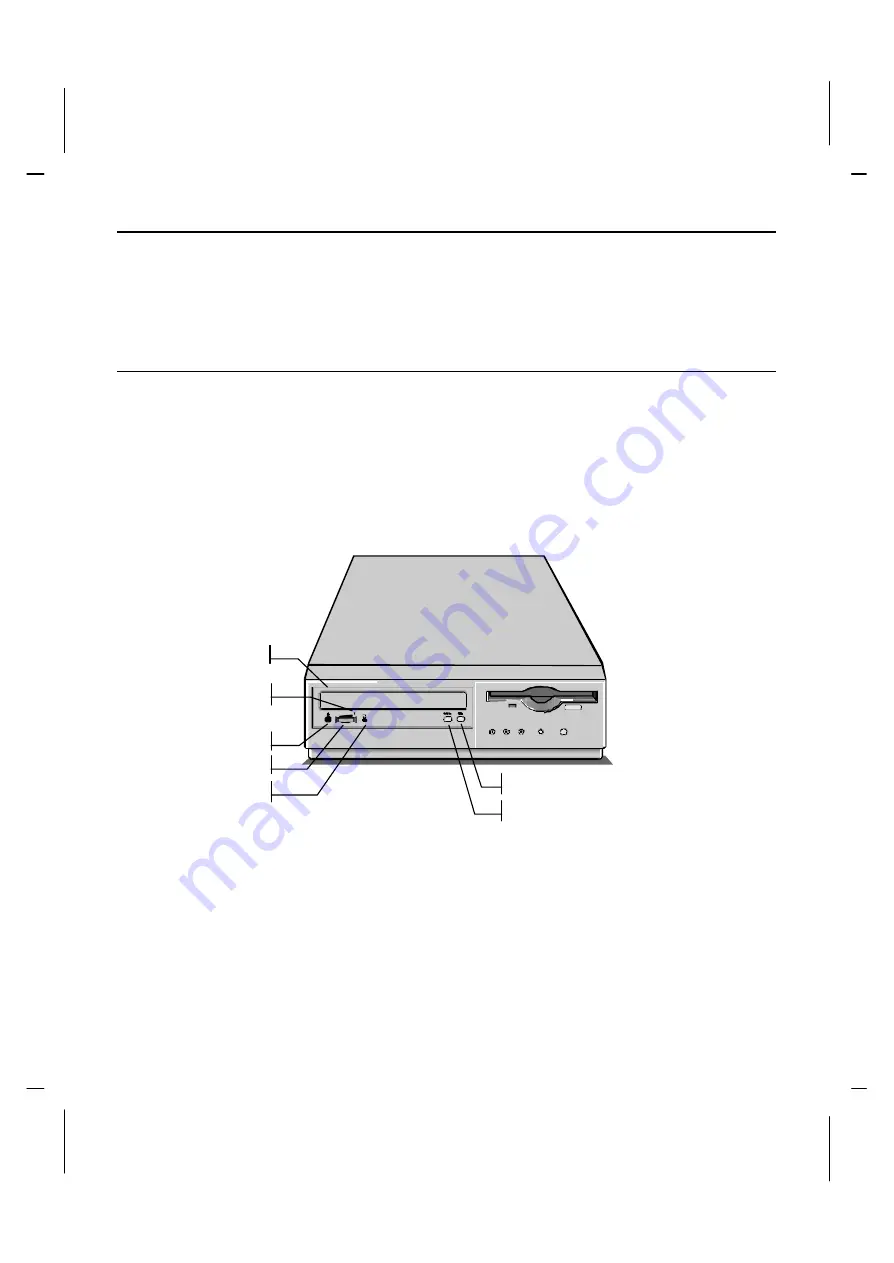
Book PC
xxviii
DVD
(Digital Video/Versatile Disc) is a new technology that packs much more data onto
the disc, so that more data, more audio, or better quality video can be stored on the disc.
Usually your system identifies the CD-ROM/DVD drive as drive D:. Access to a CD/DVD-
ROM is quite fast.
Using the Drive:
1. Press the open tray button on the front panel of the CD-ROM/DVD drive. The tray will
slide out from the computer. If your computer is not standing on a smooth surface,
you might need to raise the right edge of the computer slightly so that the tray is not
impeded.
2. Carefully pull the tray out to its fullest extent and place the disk into the tray. Hold
disks by the edge so that you don't smear the storage surface. Normally the disks
install with the label side facing upwards. The disk fits into the circular depression in
the tray, and the spindle of the tray fits into the hole in the center of the disk.
Eject/Stop Button
Manual Eject Hole
CD-ROM/DVD Drive
Play/FFW Button
Drive Activity Indicator
Headphone Jack
Volume wheel
Note
: Please note that the drive in the illustration may not be identical to the drive in
your system.
3. Carefully slide the tray back into the computer until it is flush with the left edge of your
notebook.
How you access titles on the disk depends on the format. If the disk has DOS formatted
files, you can access the files by logging on to drive D:. You can log on to the drive from
the DOS command line, or by using Windows Explorer.






























